Introduction
As the founder of Prestige Belle International Services, I’ve always been passionate about advocating for human rights, sustainable development, and fostering global connections. So, when the opportunity arose to explore the United Nations headquarters in Geneva, Switzerland, I eagerly accepted. On July 26, 2024, I embarked on a private tour that would provide insights into the organization’s history, mission, and multilingual environment.
Founding and Purpose
The United Nations was born out of the aftermath of World War II. In 1945, representatives from 50 countries gathered at the United Nations Conference on International Organization in San Francisco. Their goal? To create an international organization that would prevent another devastating global conflict. Since then, the UN has played a crucial role in maintaining peace, promoting cooperation, and addressing global challenges.
The United Nations Office at Geneva (Switzerland) housed at the historic Palais des Nations, is the second largest United Nations centre. Can you guess who is the largest? …. New York! 🙂
My Private Tour Experience
Upon entering the UN headquarters in Geneva, a symphony of languages enveloped me. As one of the six official languages of the UN, English greeted me at every turn. But it wasn’t alone—French, Arabic, Spanish, Chinese, and Russian also echoed through the corridors. These languages serve as the backbone of communication during UN meetings and in official documents.
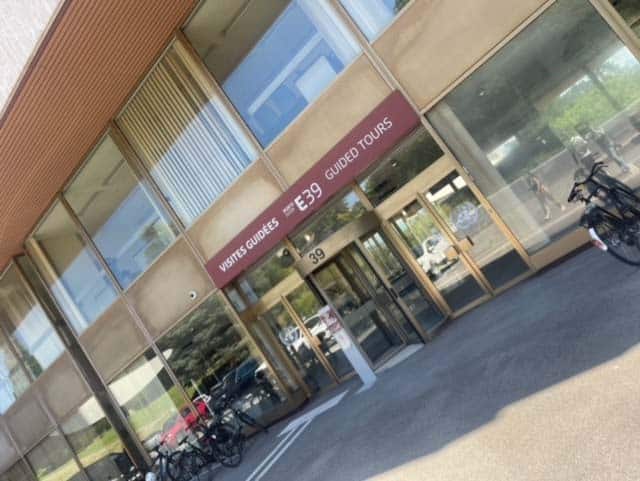
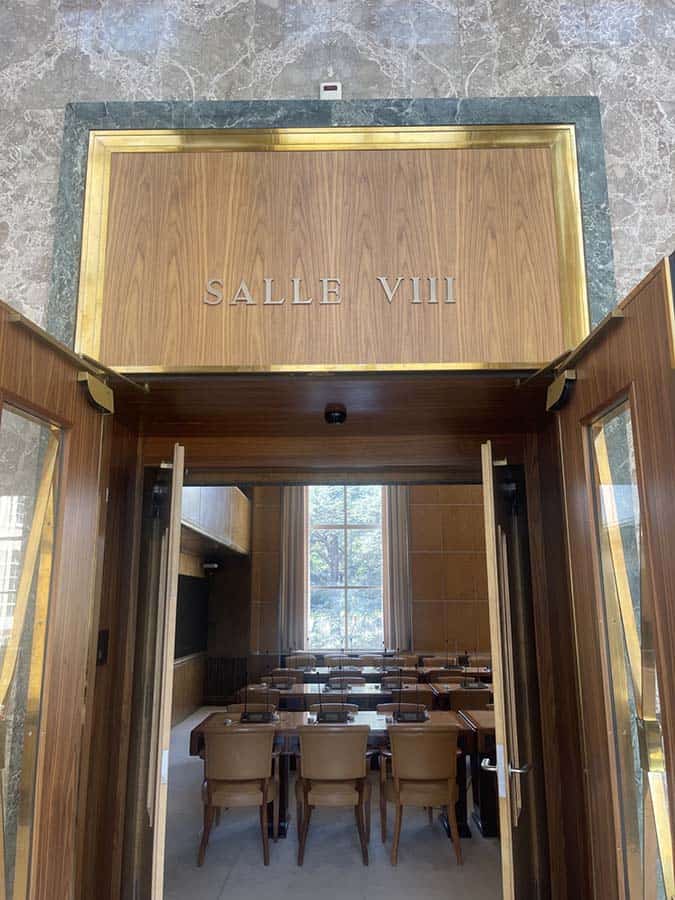
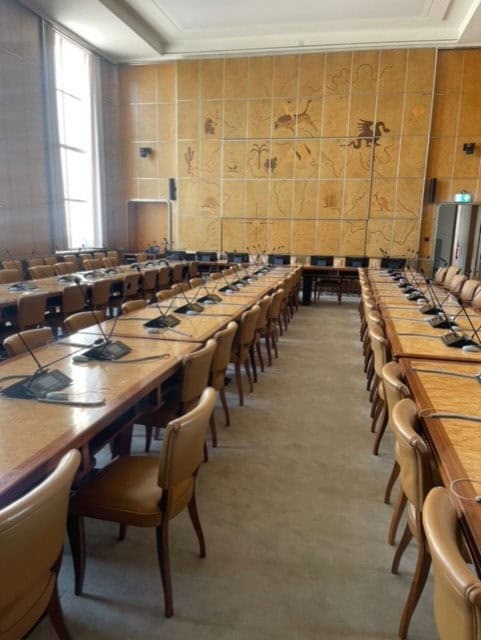
Imagine the buzz of diplomats conversing in their native tongues, bridging cultures and perspectives.
My tour guide—a knowledgeable and multilingual expert from Ireland—led me through the historic halls. She was sweet, attentive, and engaging.
We visited the iconic General Assembly Hall, where world leaders gather to discuss global issues. The grandeur of the space reminded me of the weighty decisions made within those walls. Next, we stepped into the Security Council Chamber, a place where critical debates unfold (meetings permitting). It was awe-inspiring to think of the resolutions and negotiations that had taken place there.

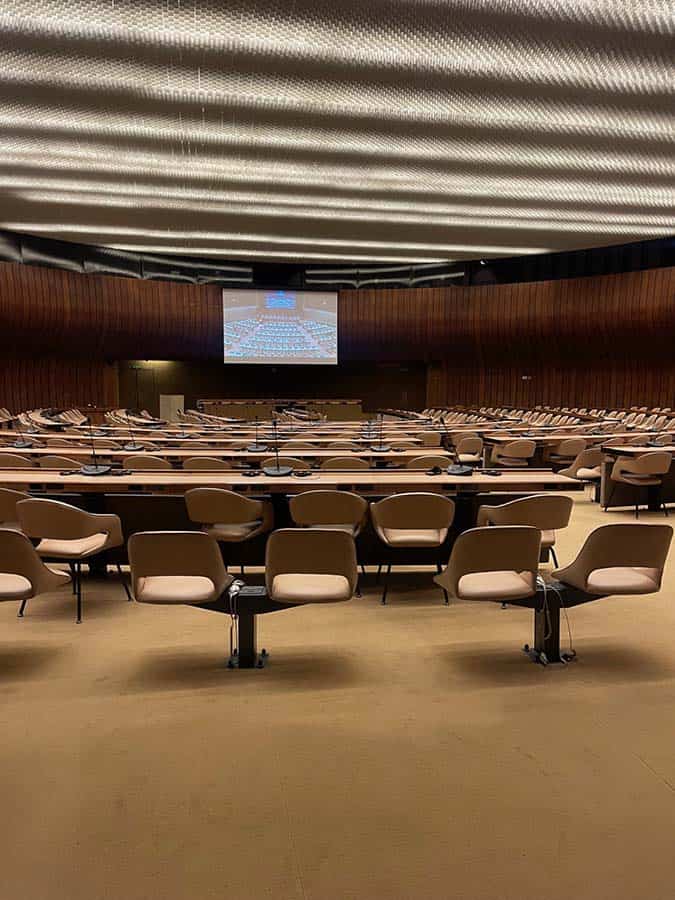
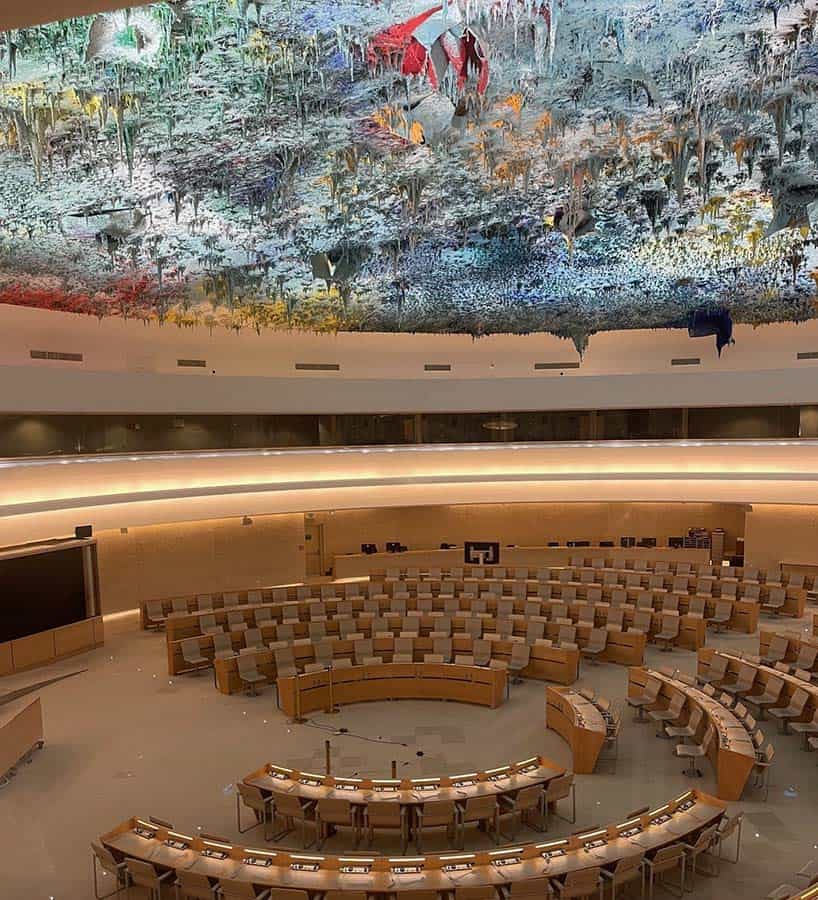
Miquel Barceló’s ceiling at the UN headquarters in Geneva. The ceiling, now known as the Human Rights and Alliance of Civilizations Room (formerly Room XX)
Finally, we had the opportunity to eavesdrop on a meeting focused on combating nuclear proliferation. Equipped with earcups, we tuned in to the discussions, but due to confidentiality reasons, photography or recording was prohibited. The experience was exhilarating as we seamlessly switched between different language channels.
Outside the UN Headquarters

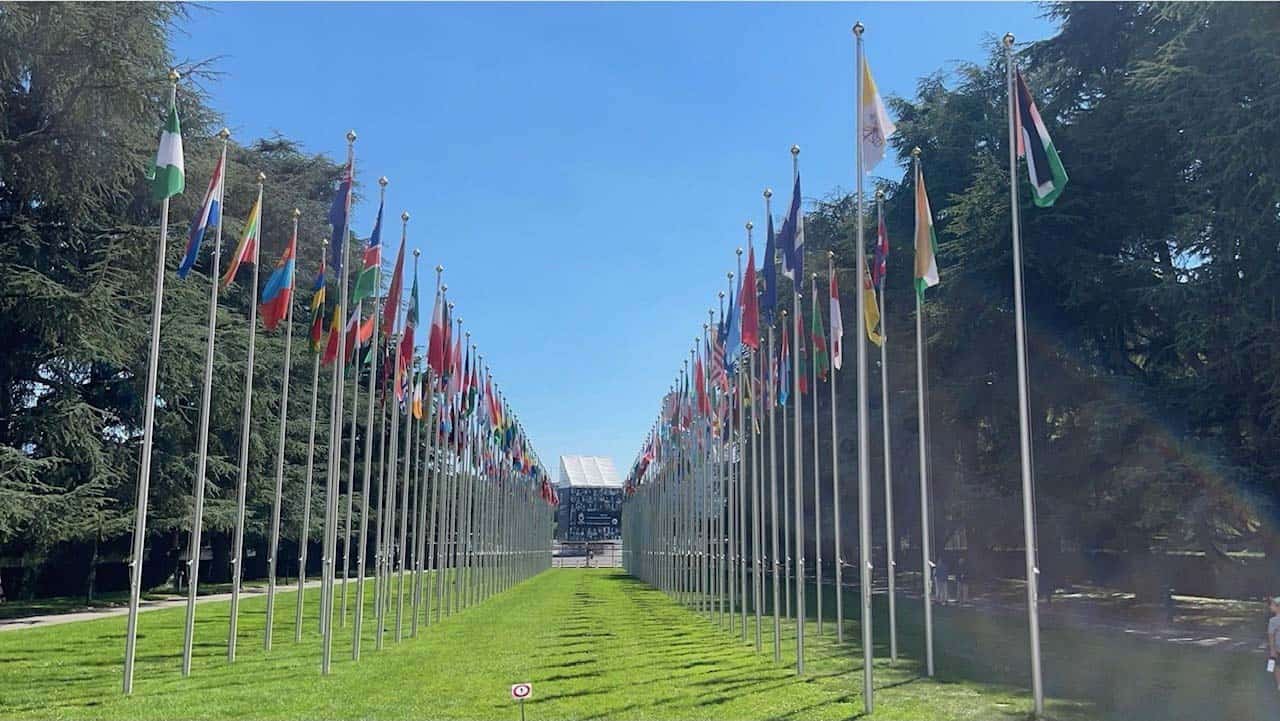
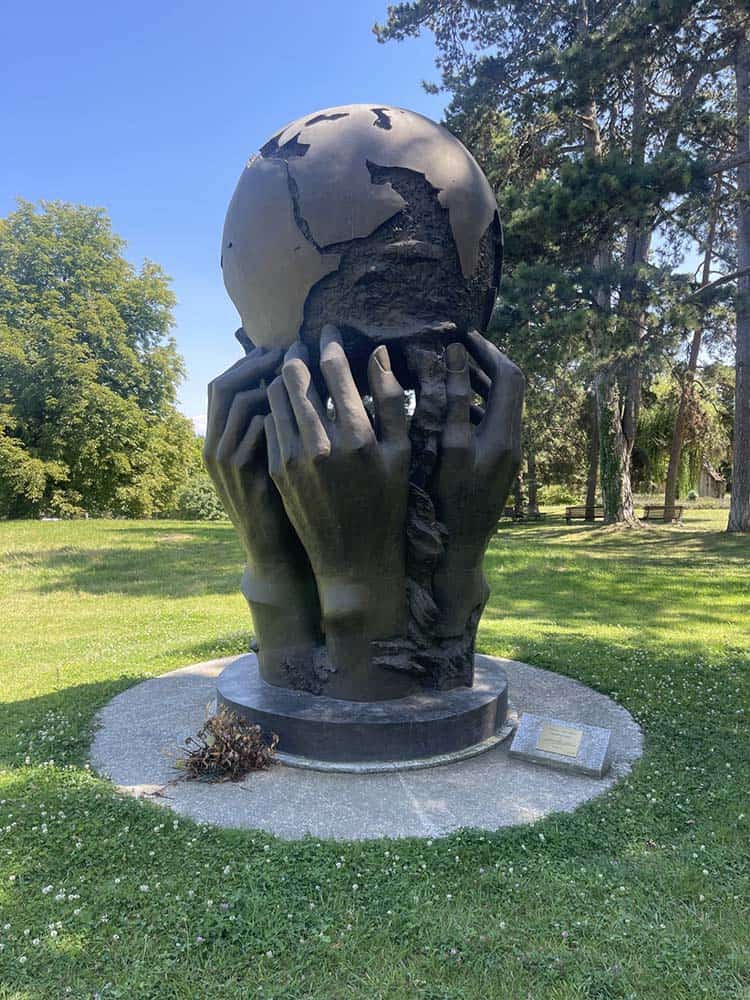
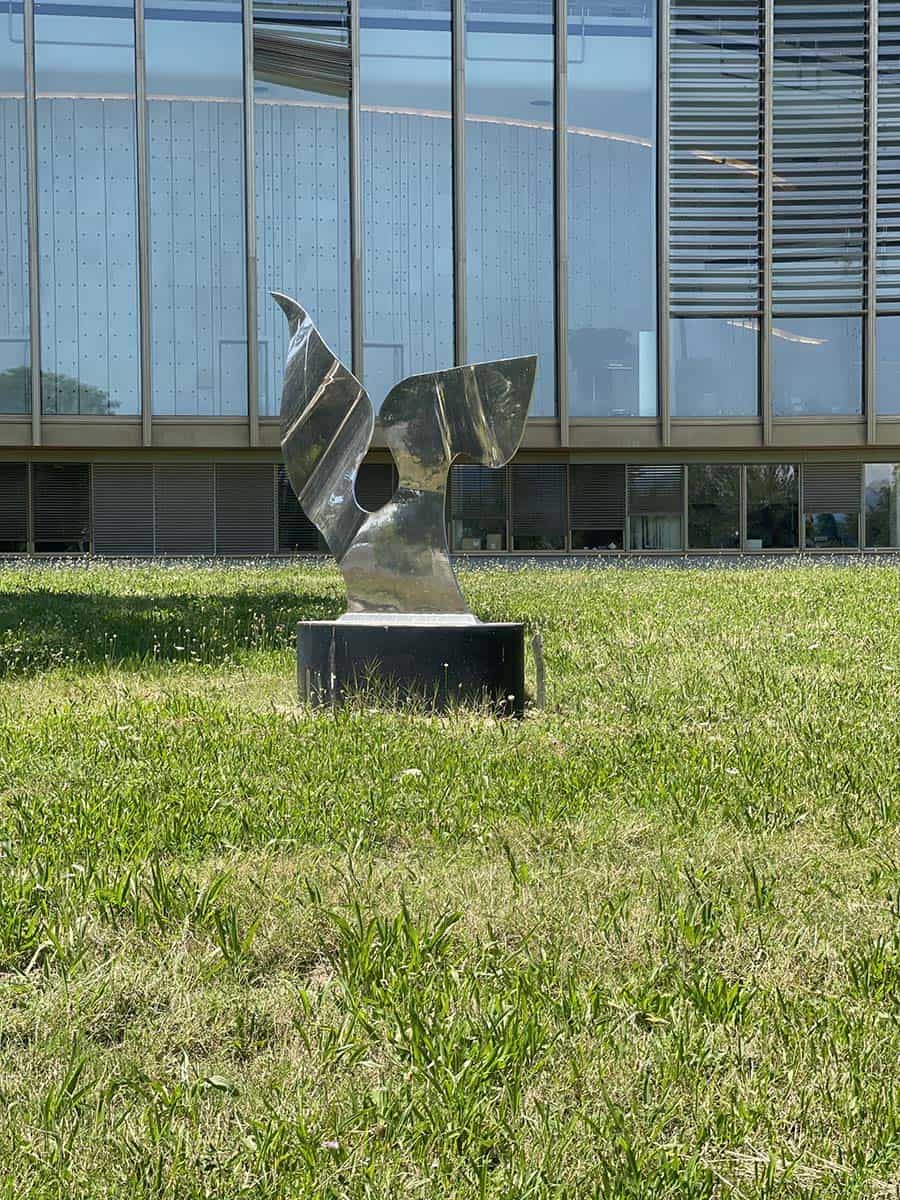
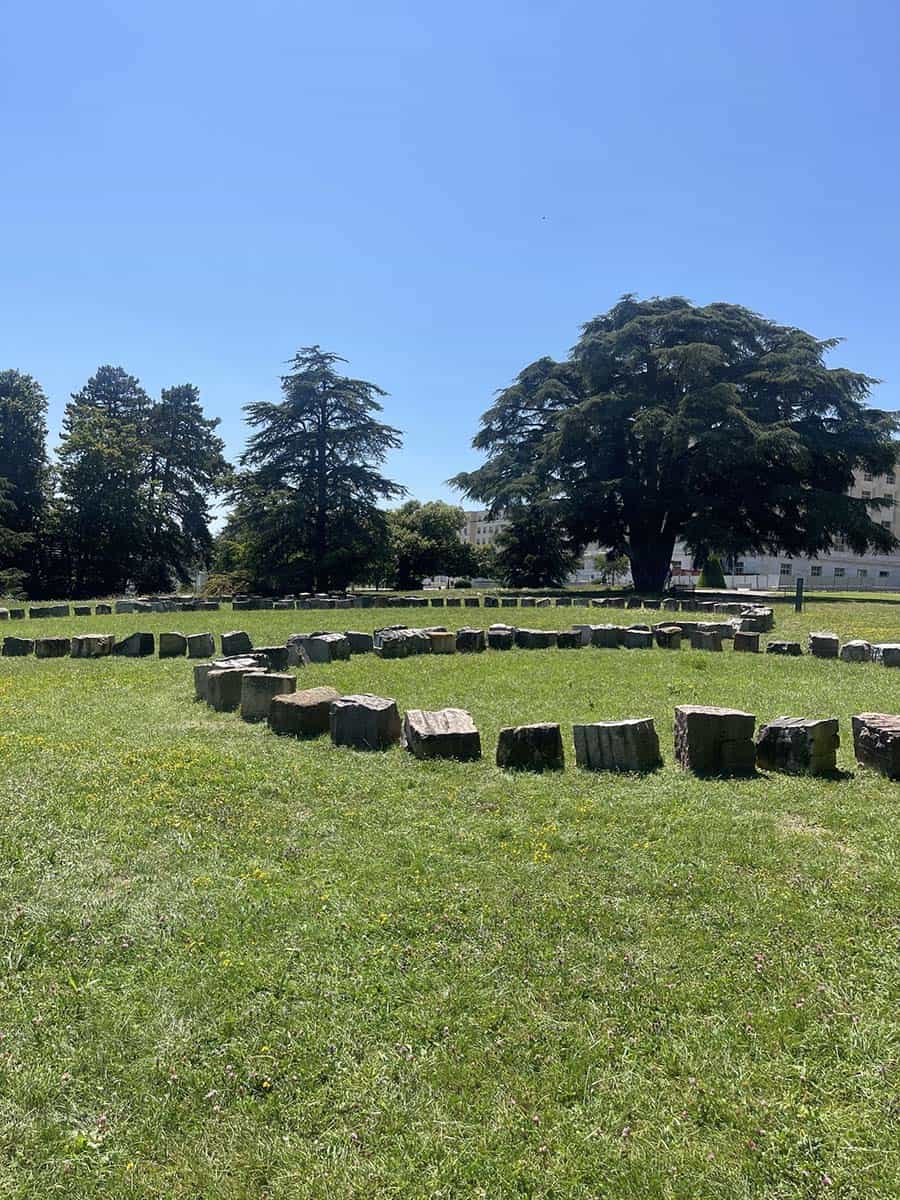

Comprised of 196 flags:
- United Nations flag
- Flags of 193 Member States
- Flags of 2 Observer States
Arrangement:
- The order of the flags is meticulously organized alphabetically. Each country’s flag occupies its designated spot along the Allée des Drapeaux.
- Interestingly, this arrangement changes annually, following the seating order of countries in the UN General Assembly.
Mission and Impact
The UN’s mission encompasses a wide range of critical issues:
- Peace and Security: The UN strives to prevent conflicts, mediate disputes, and promote stability worldwide. From peacekeeping missions to diplomatic efforts, it remains committed to maintaining international peace.
- Human Rights: Protecting and promoting human rights is at the core of the UN’s work. Whether addressing discrimination, advocating for gender equality, or fighting against human trafficking, the organization champions the rights of all individuals.
- Sustainable Development: The UN’s Sustainable Development Goals (SDGs) aim to create a better and more sustainable future for everyone. These 17 goals cover areas such as poverty eradication, climate action, education, and health.
- Climate Change: Recognizing the urgent need for action, the UN encourages global cooperation to combat climate change. Through initiatives like the Paris Agreement, it seeks to limit global warming and protect our planet.
Conclusion
As I left the UN headquarters, I reflected on its enduring impact. The organization continues to evolve, adapting to new challenges while upholding its founding principles. From preventing conflicts to championing human rights, the United Nations remains a beacon of hope for a better world.
So, next time you’re in Geneva, walk the Alley of the Flags. And remember, the next time you hear those six languages—English, French, Arabic, Spanish, Chinese, and Russian— you’re witnessing the remarkable impact of diplomacy and global cooperation.
Have you ever visited the United Nations? Share your thoughts in the comments below!
Stay tuned for more stories from my international travels.


